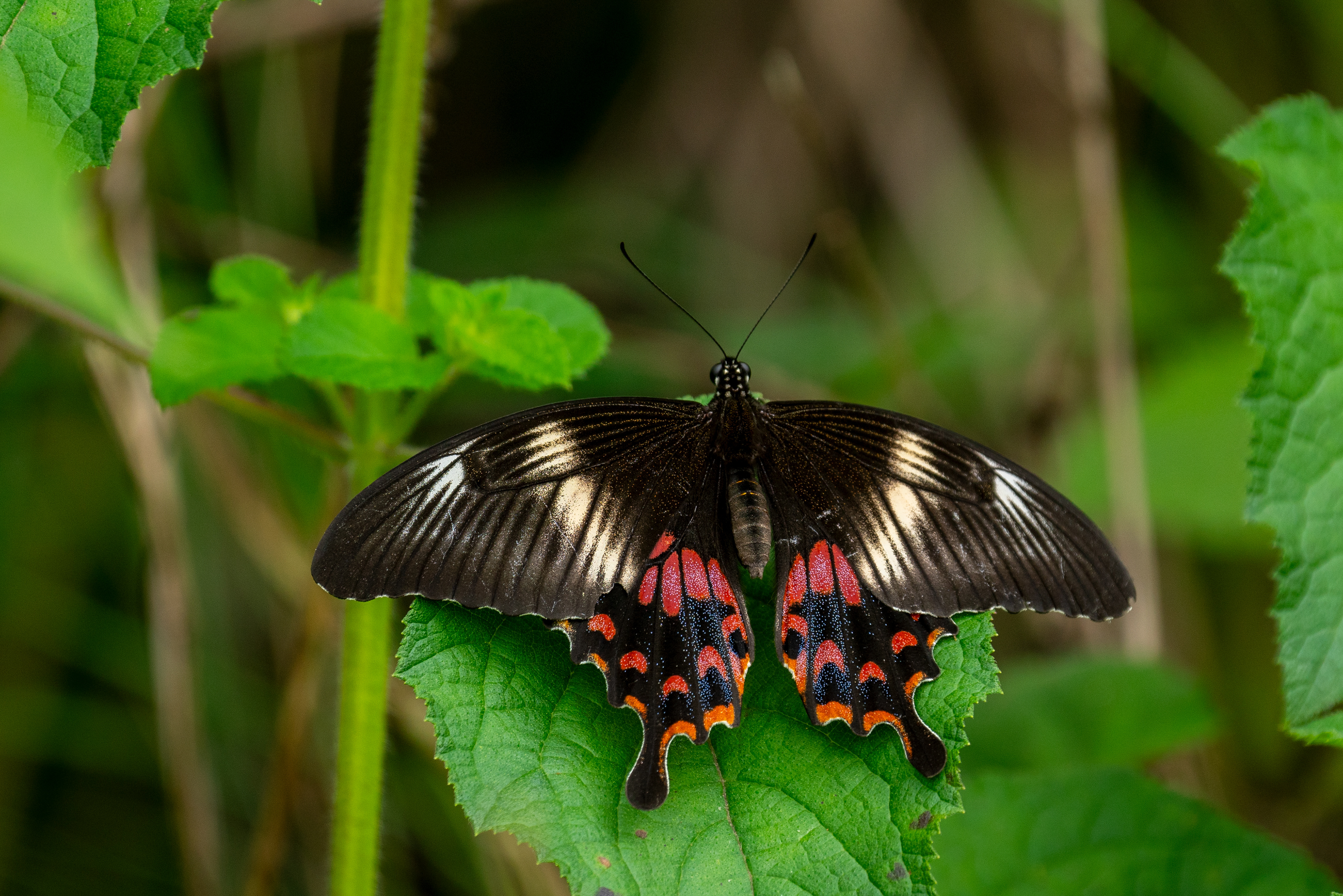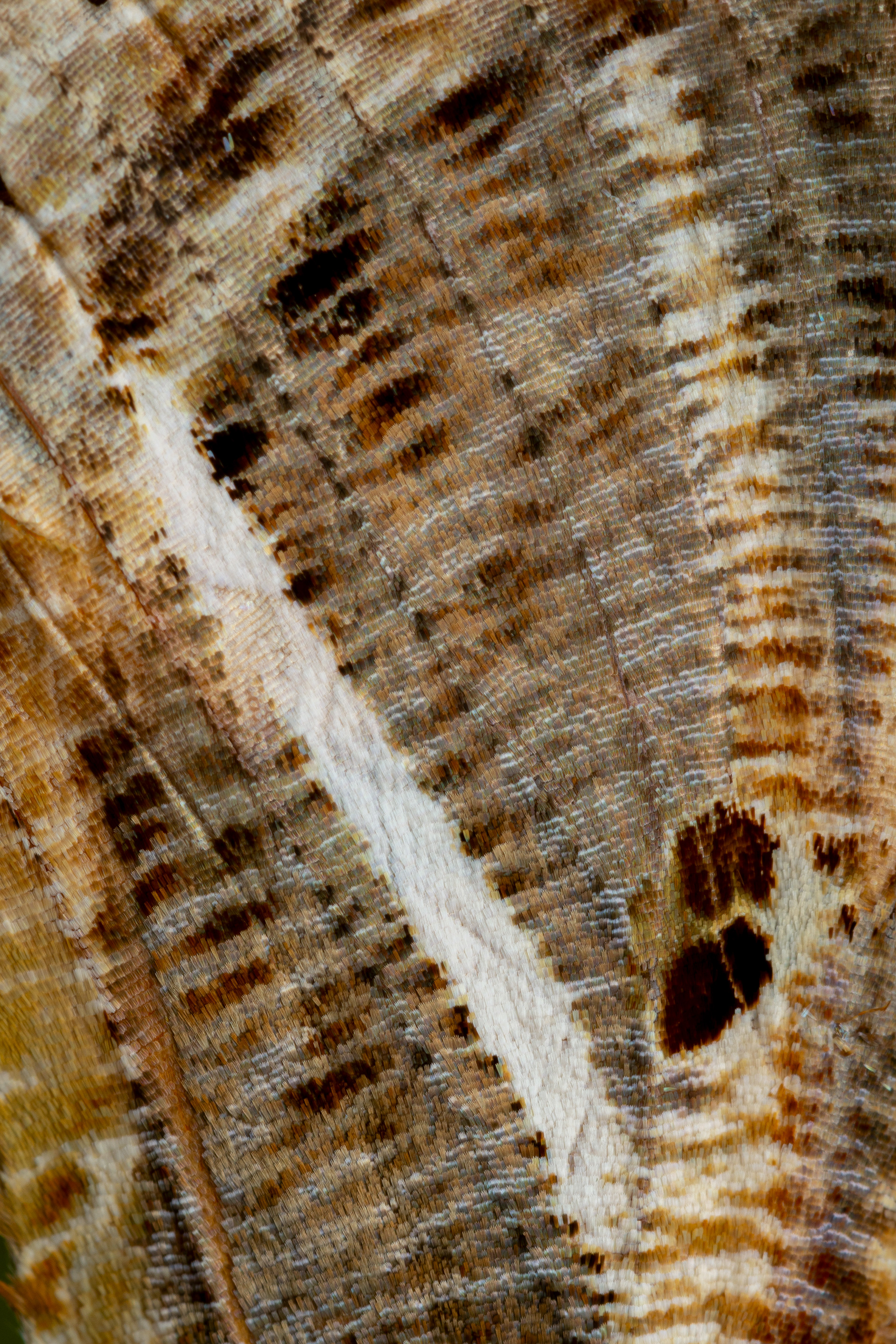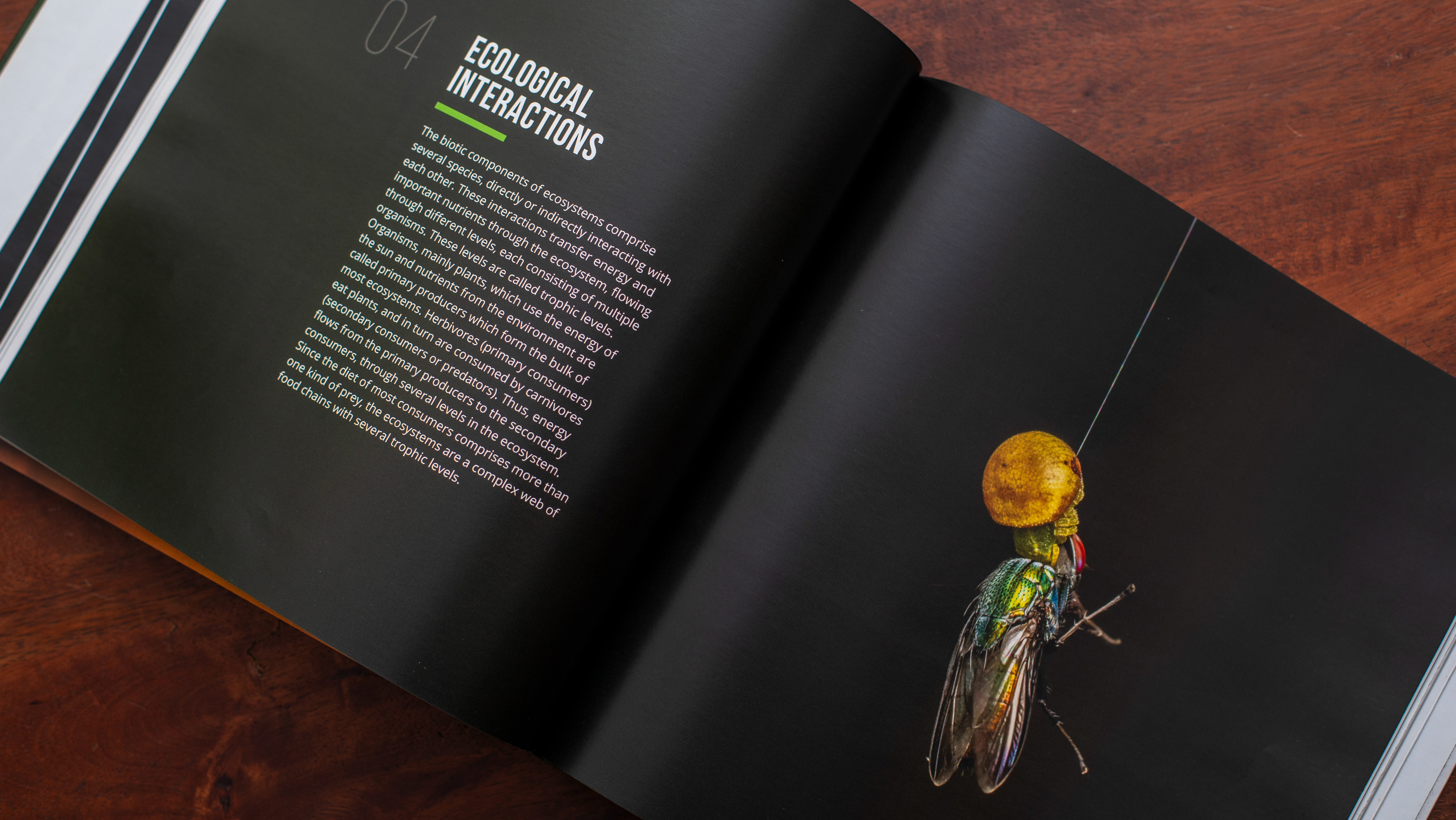The Science of Wing Patterns and Colours in Butterflies and Moths
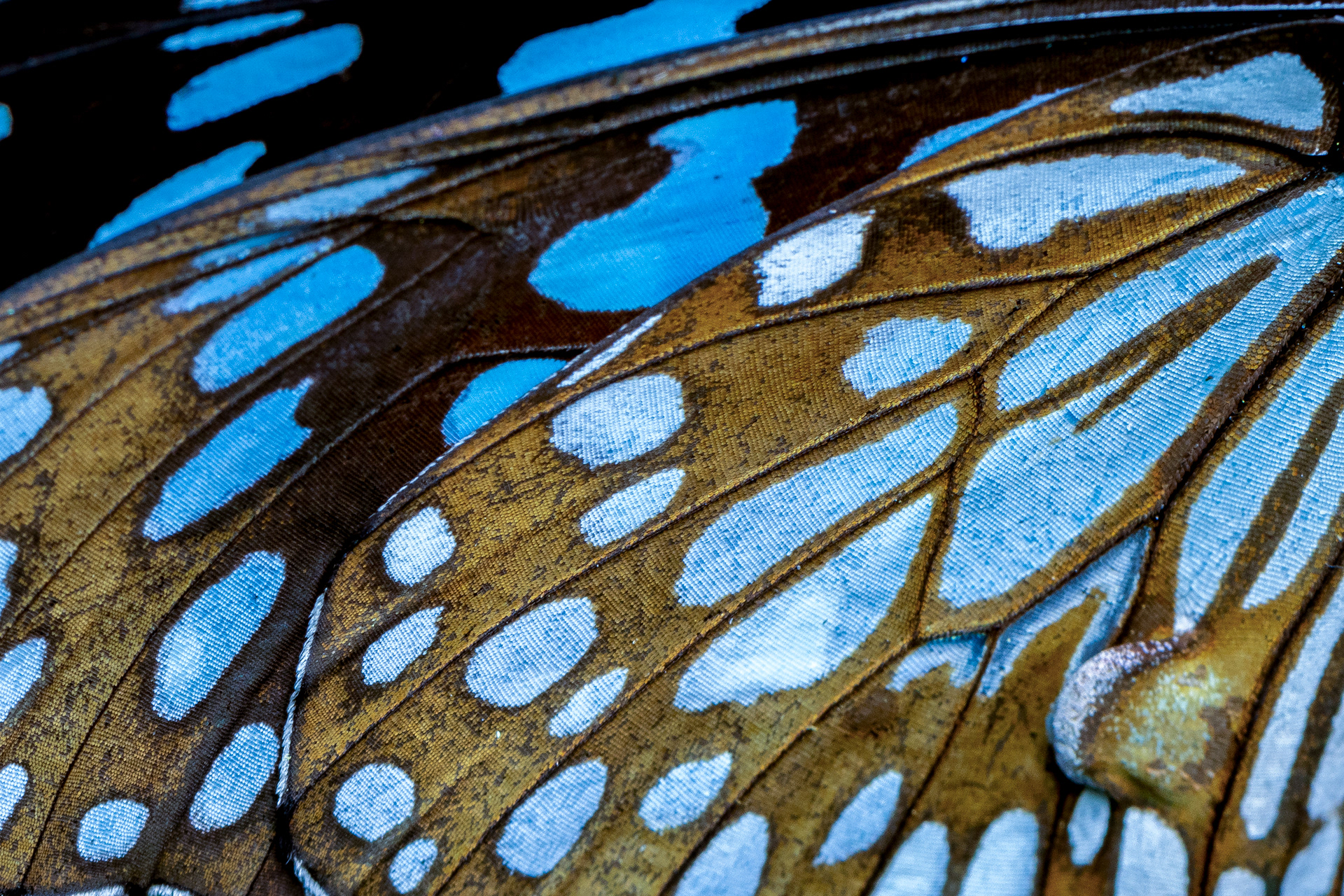
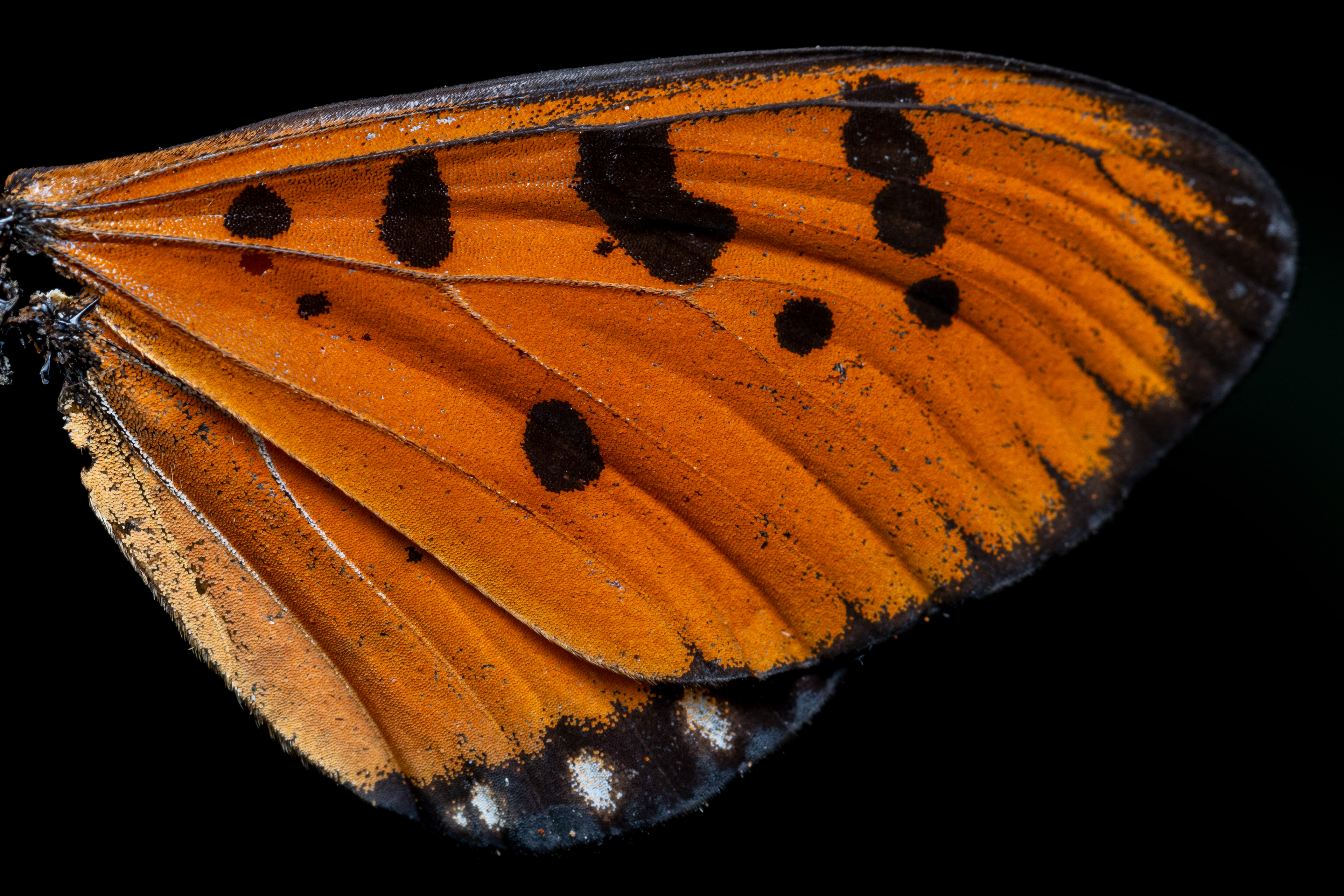






From cryptic patterns and colours that help camouflage them to bright pigments and dazzling wings that fool or warn predators, where and when do butterflies and moths get their colours?
Gardens of vibrant blooms attract a riot of splashy butterflies, creating a pleasing mosaic. When it turns dark, the reticent yet ornately understated moths follow. Why have such elaborate colours and patterns? Anyone who uses make-up or paints knows it’s a structured process involving intricacies and effort. The “canvas” needs to be primed, outlines drawn, foundational base applied, colour filled in, and highlights added, to finally get it right. A lot of insects have simple translucent wings, good enough to fly. As is usually the simple answer to any complex evolutionary tale, the designs are for survival, and the flair has purpose. Protection from predators and finding mates for reproduction are the two modes of survival, and wing patterns are critical to Lepidoptera (the order of butterflies and moths). Some butterflies, like the common evening brown (Melanitis leda), may have distinctly different patterns in the wet and dry seasons for camouflage, but an individual butterfly does not change or repair its patterns.

